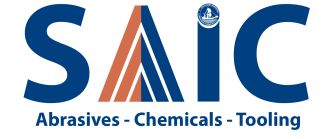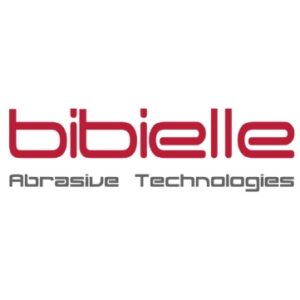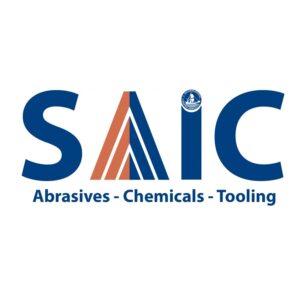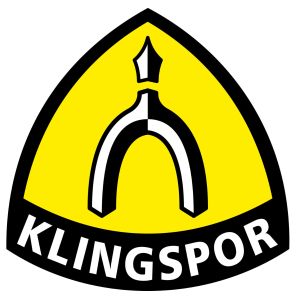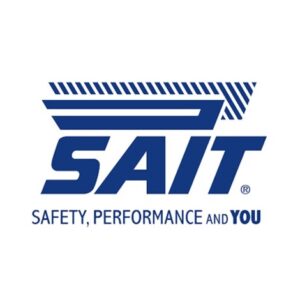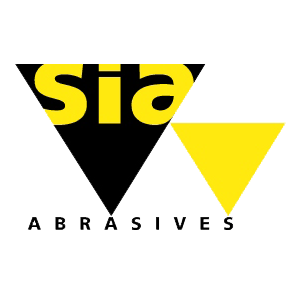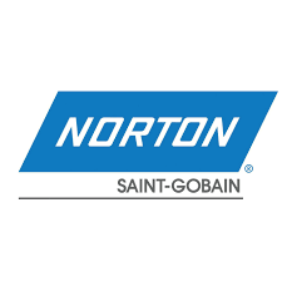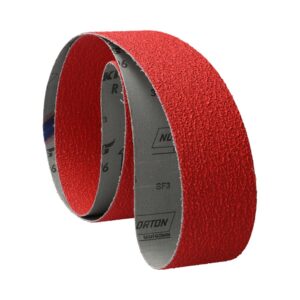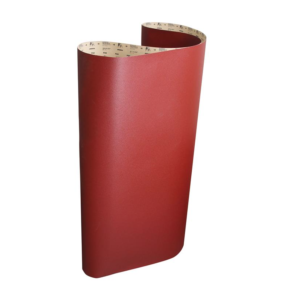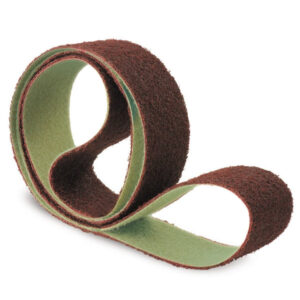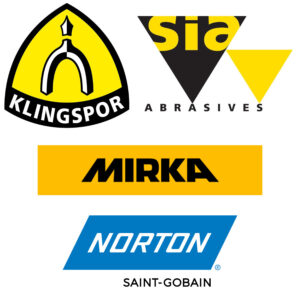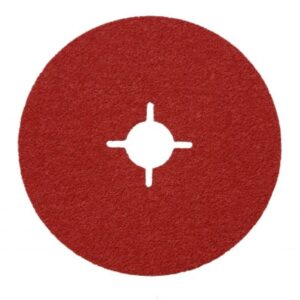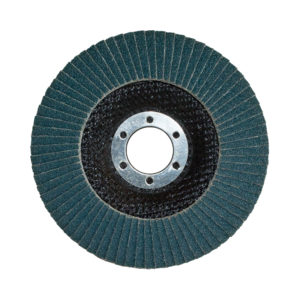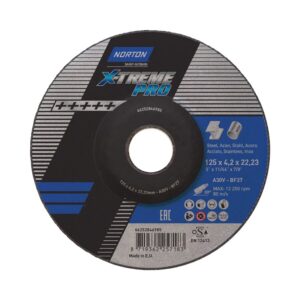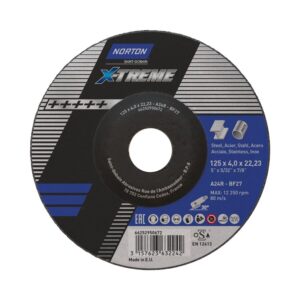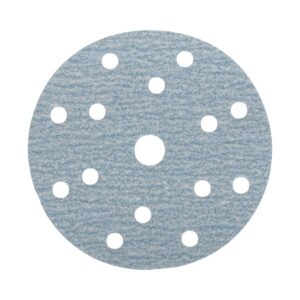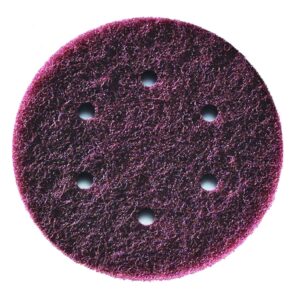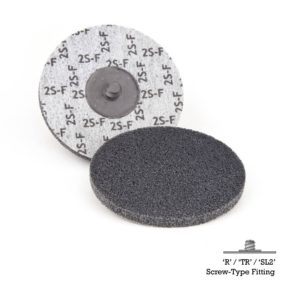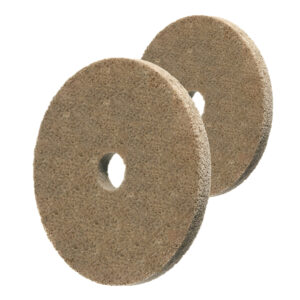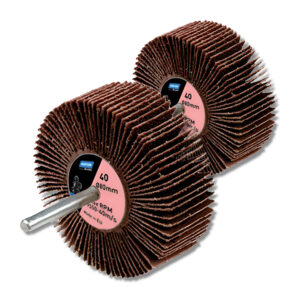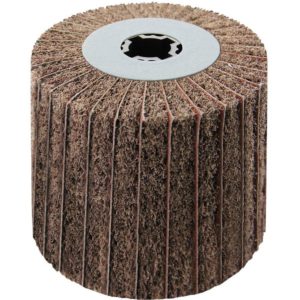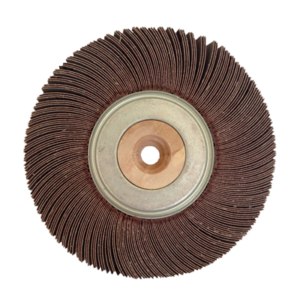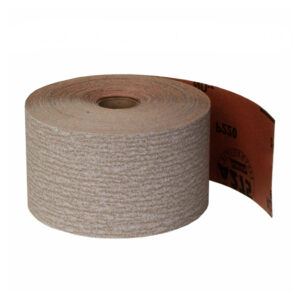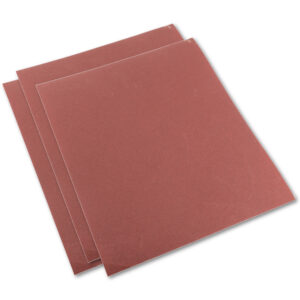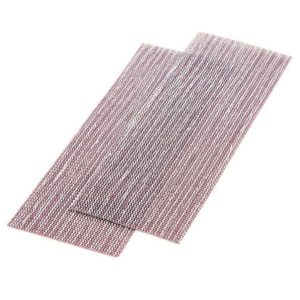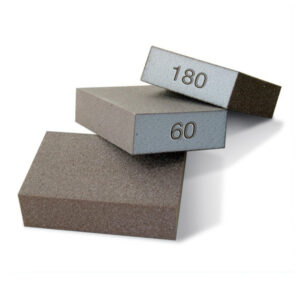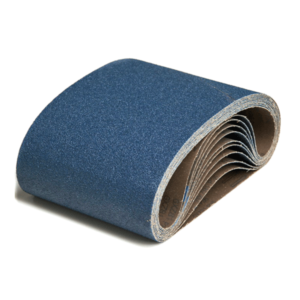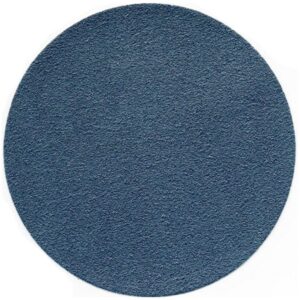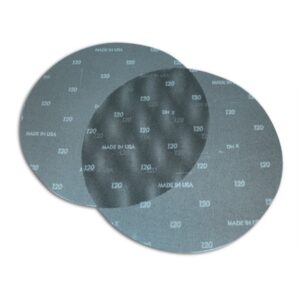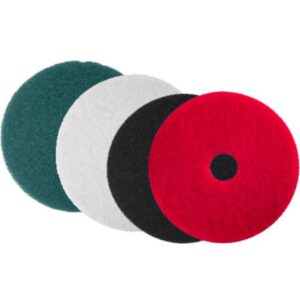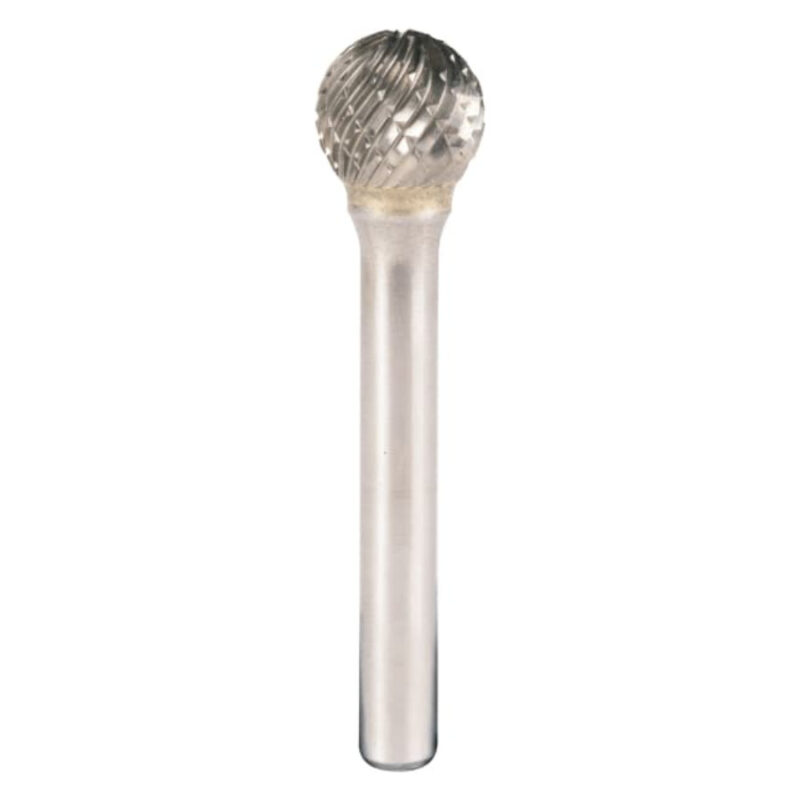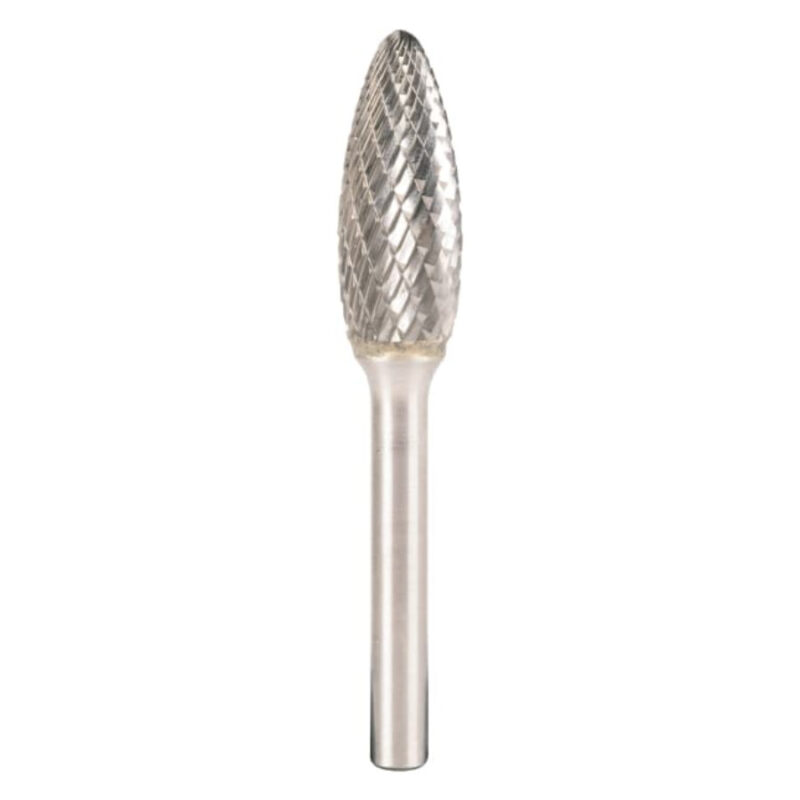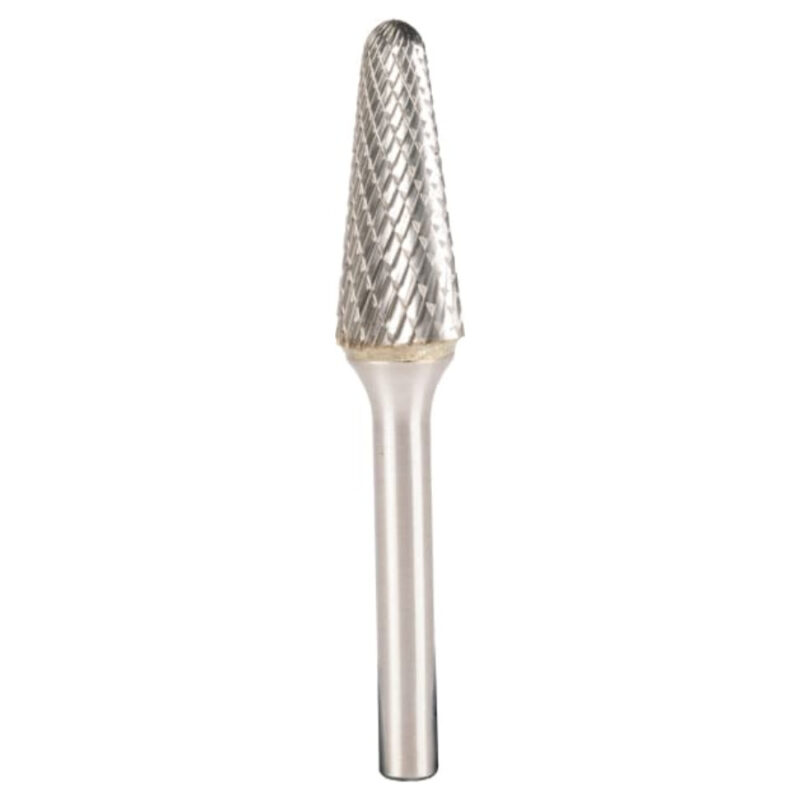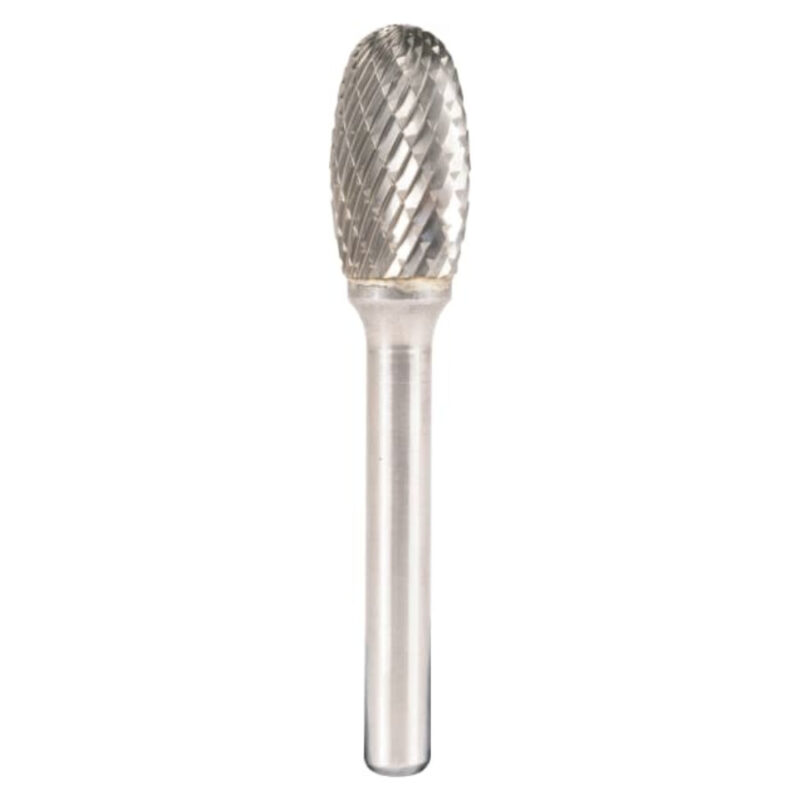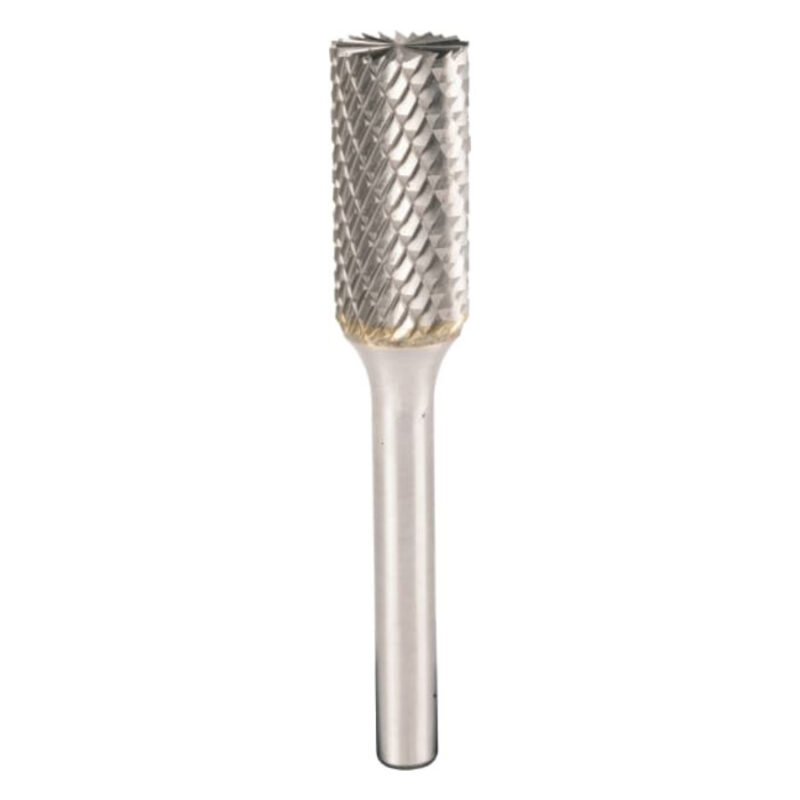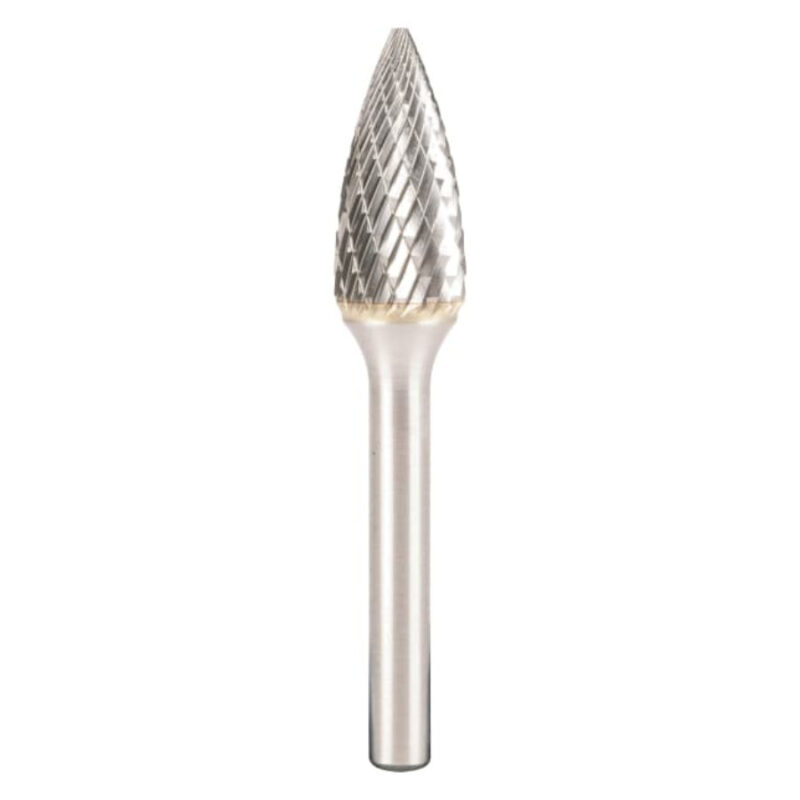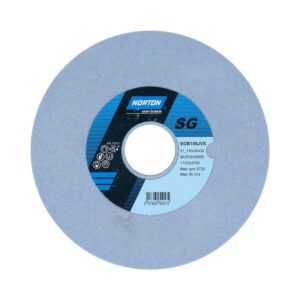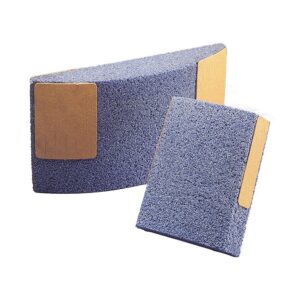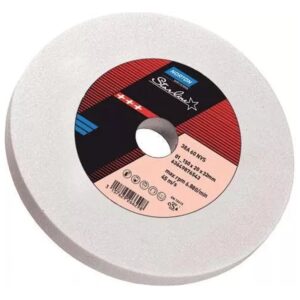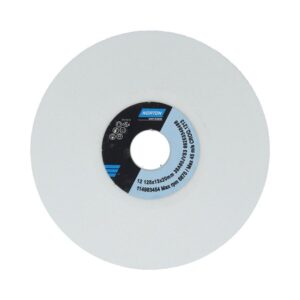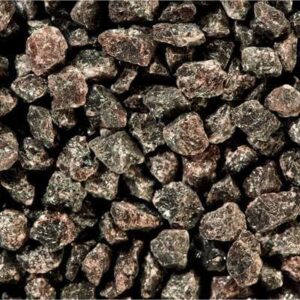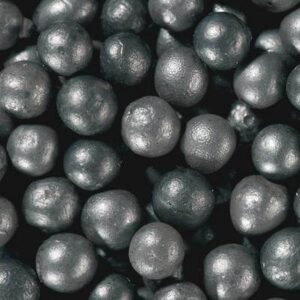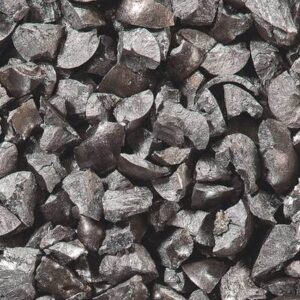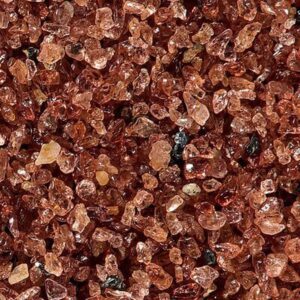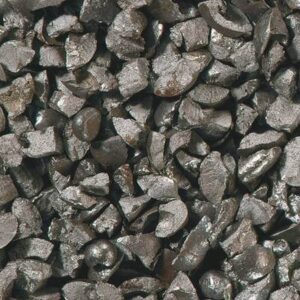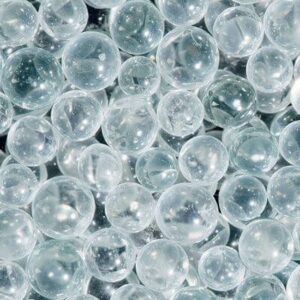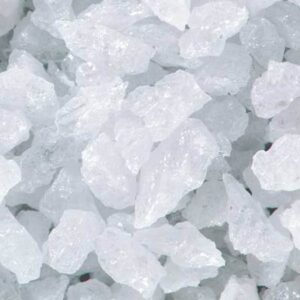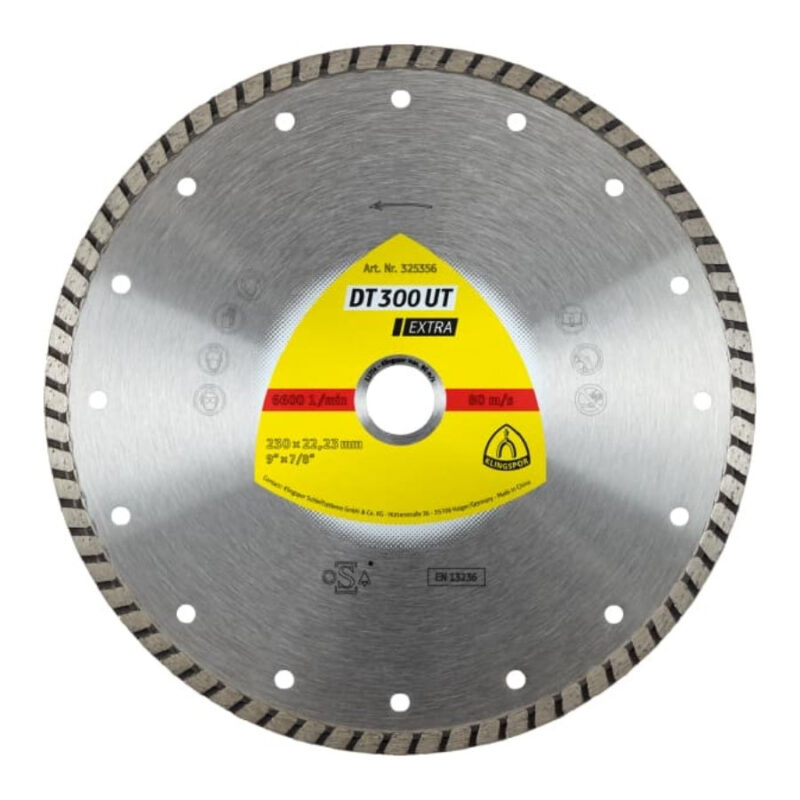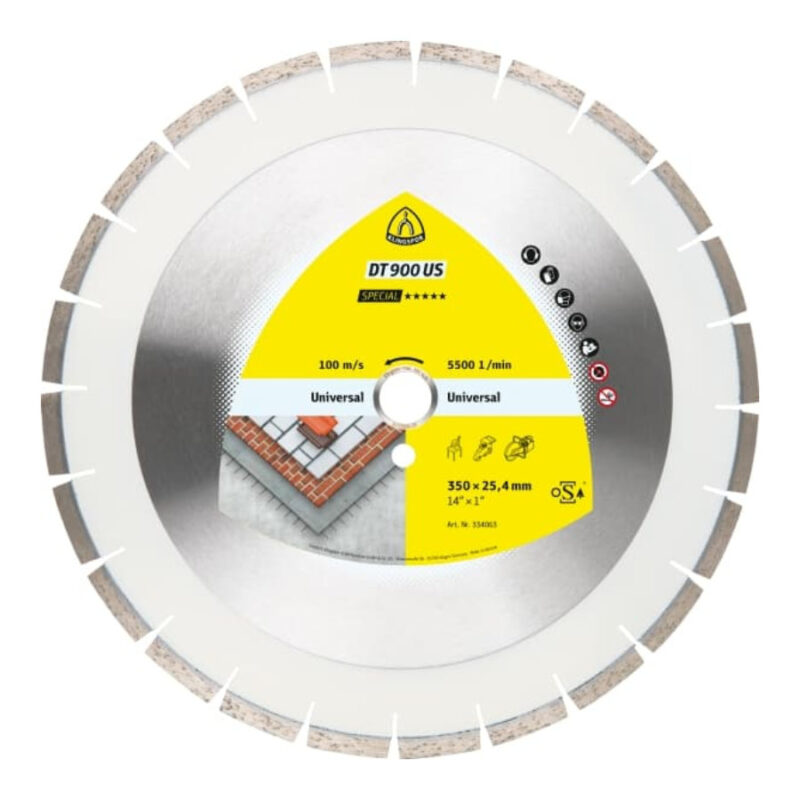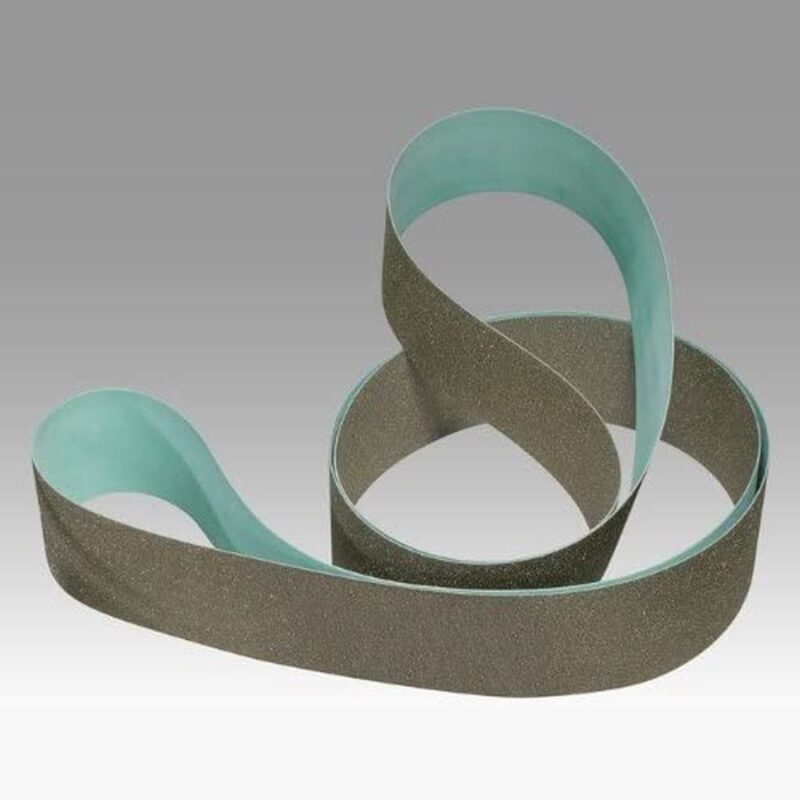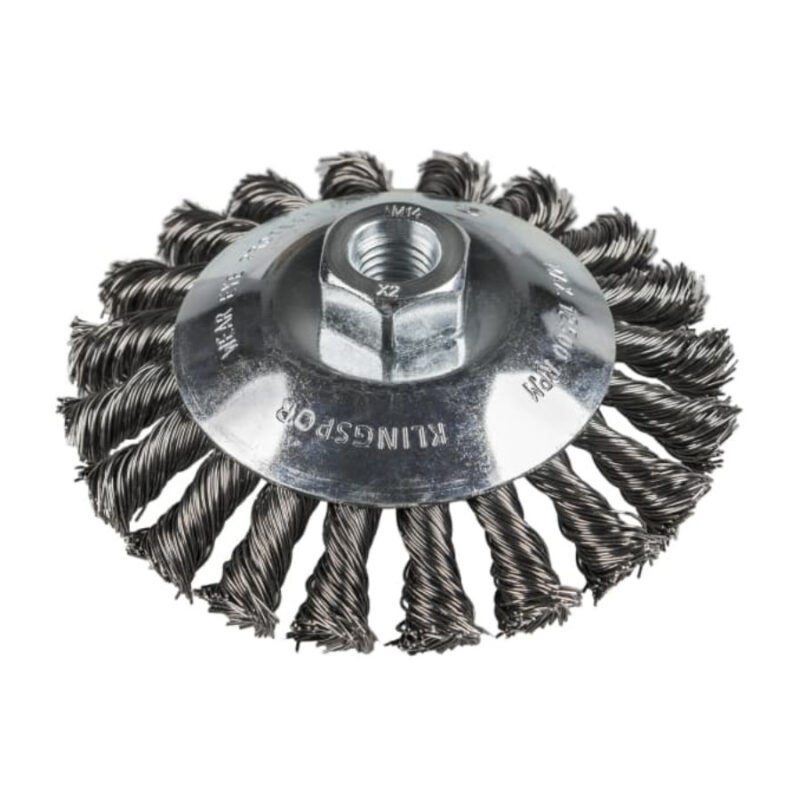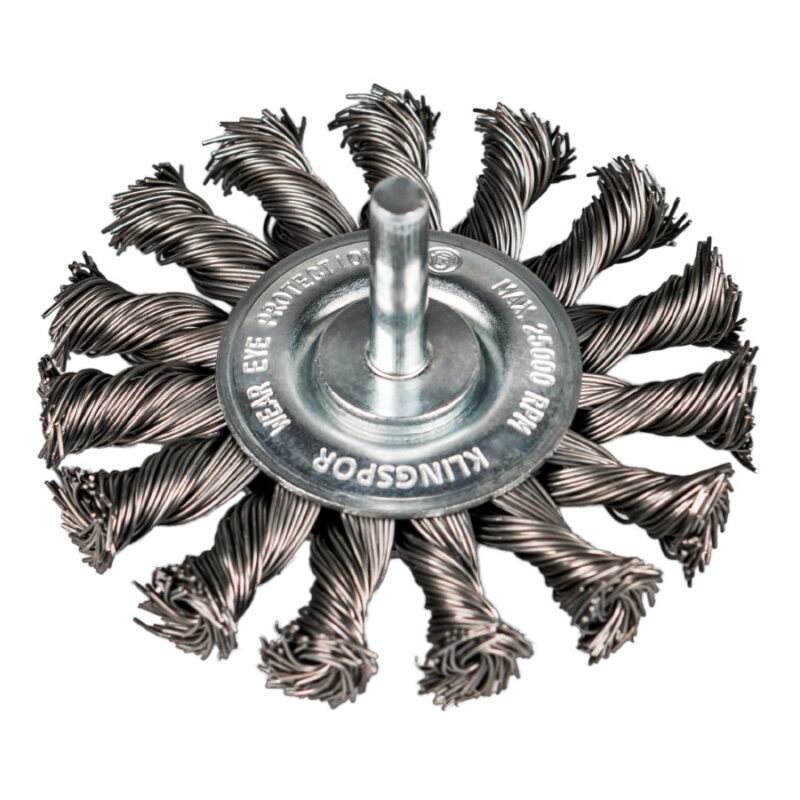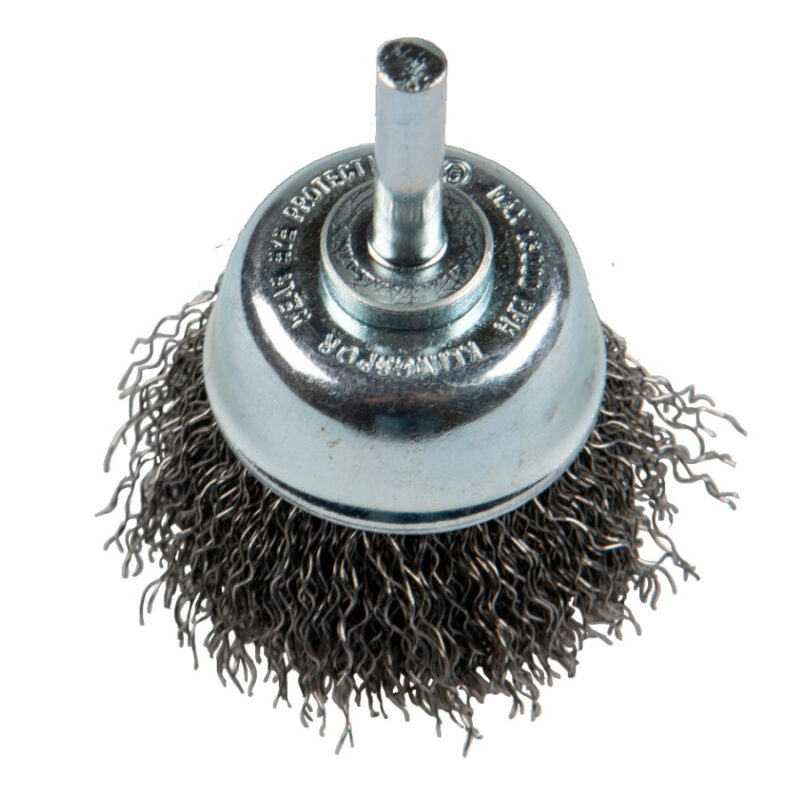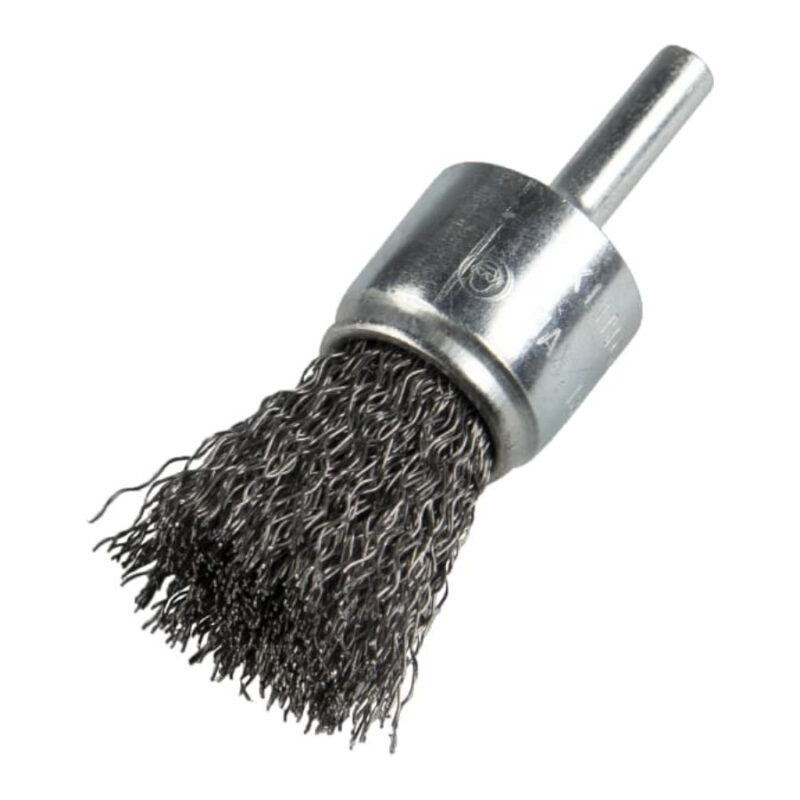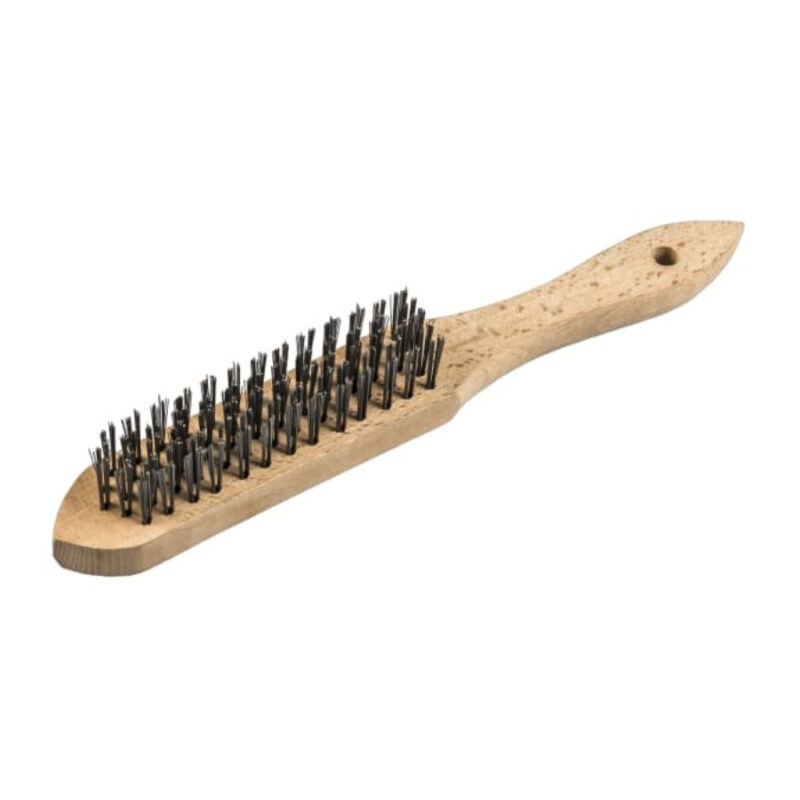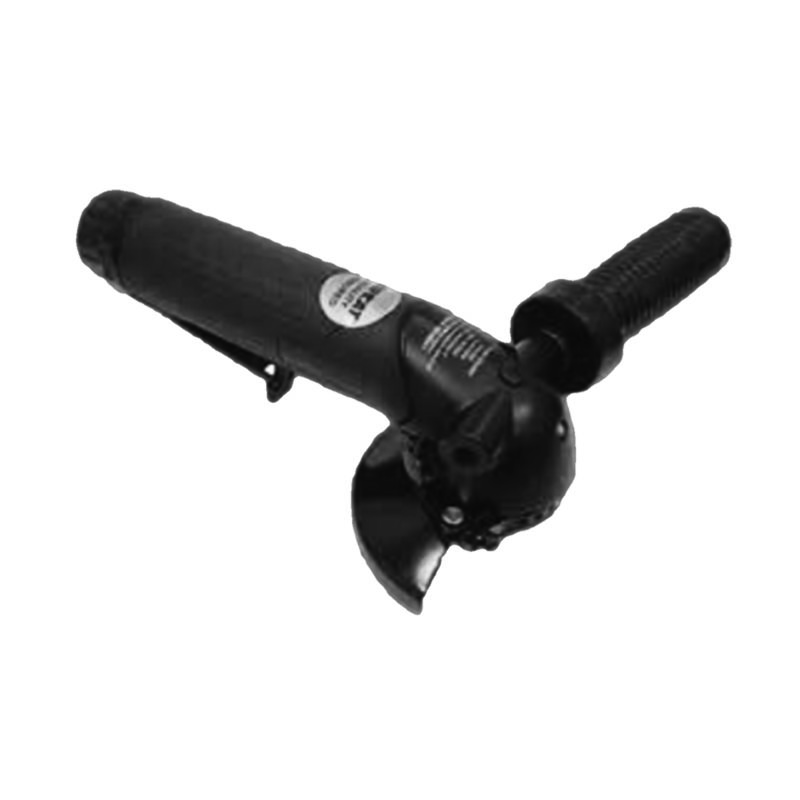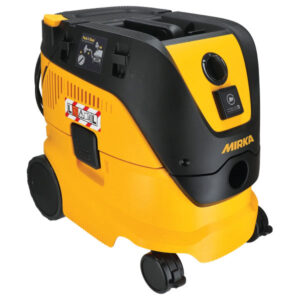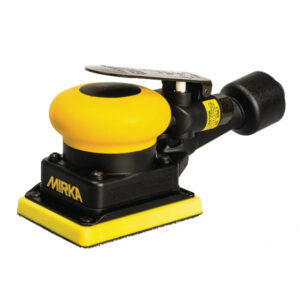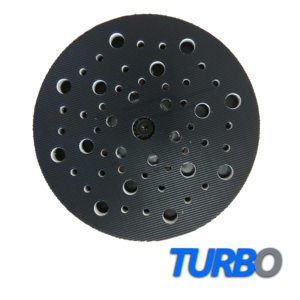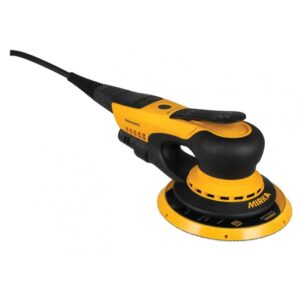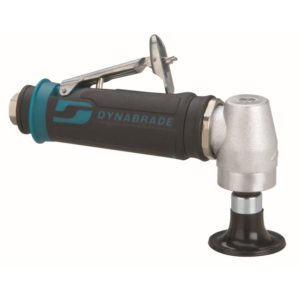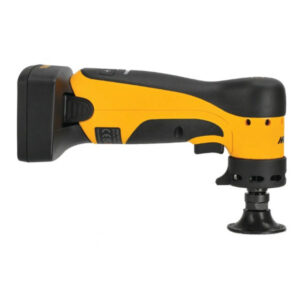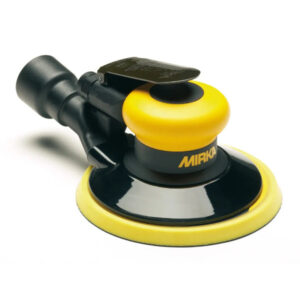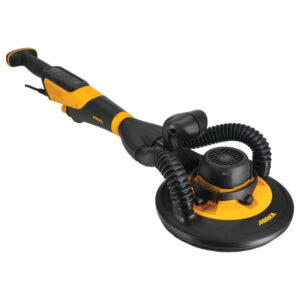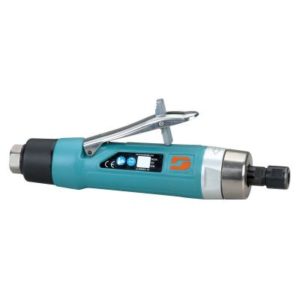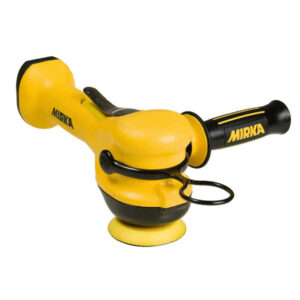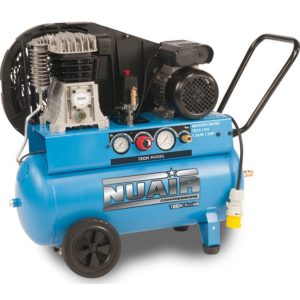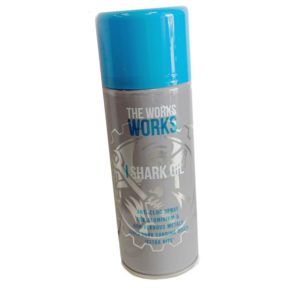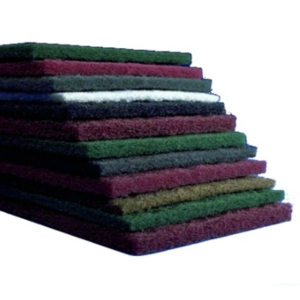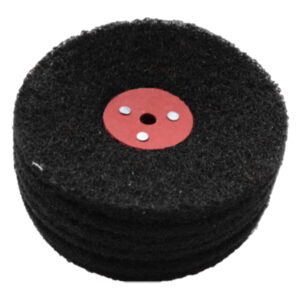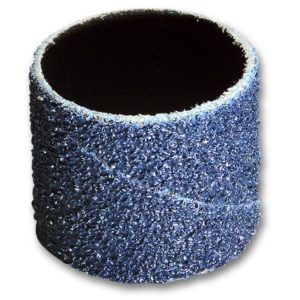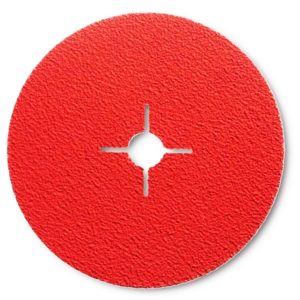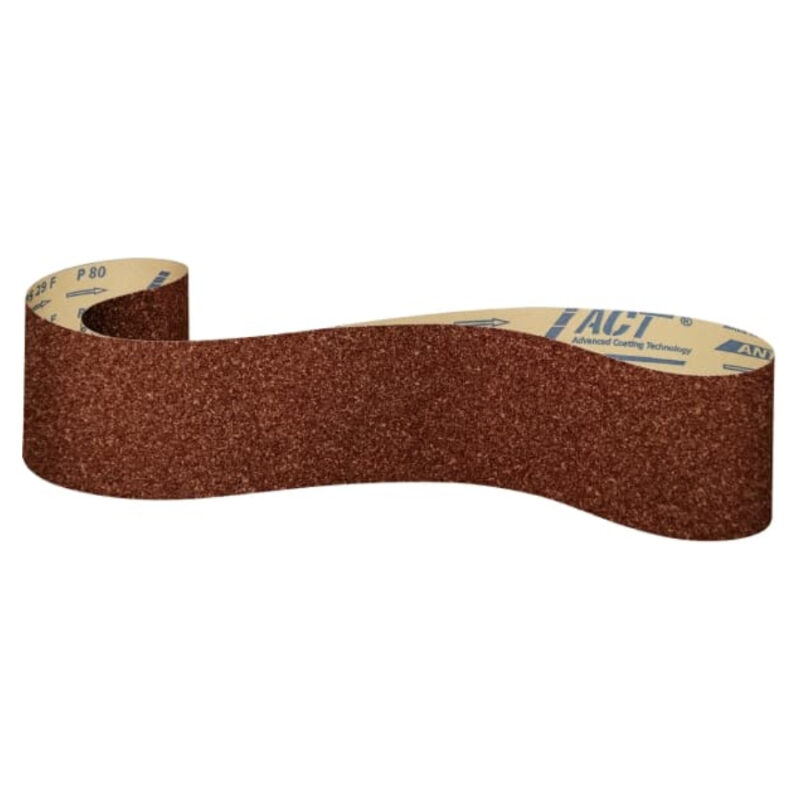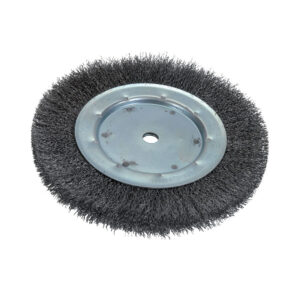Fillet Weld Grinding
Fillet welds are commonly used in metal fabrication to join two pieces of metal at right angles. When a fillet weld is created, it leaves behind a seam that needs to be smoothed out for a finished look. The process of smoothing out a fillet weld is known as grinding, and it requires specific abrasive products to get the job done correctly.
The two most common types of fillet weld grinding are manual and machine-assisted. Manual grinding is typically done with a hand-held grinder, while machine-assisted grinding uses a grinding machine. In either case, the abrasive products used will depend on the type of metal being welded and the desired finish.
For carbon steel fillet welds, a coated abrasive product such as a flap disc or fiber disc is usually the best choice. These products come in a range of grit sizes and materials, including ceramic, zirconia, and aluminum oxide. A flap disc is a good choice for general-purpose grinding, while a fiber disc is better suited for more aggressive grinding and stock removal.
For stainless steel fillet welds, a non-woven abrasive product is typically recommended. Non-woven abrasives, such as surface conditioning discs or pads, are designed to be gentle on the surface of the metal while still providing enough abrasive power to remove any excess material or imperfections. They are also less likely to leave scratch marks on the surface of the metal.
When grinding fillet welds, it’s essential to choose the right grit size for the abrasive product being used. A lower grit size, such as 36 or 60, is best for heavy stock removal, while a higher grit size, such as 120 or 180, is better for finishing and smoothing the surface of the metal.
In addition to choosing the right abrasive product and grit size, it’s also essential to consider the angle at which the fillet weld is being ground. For best results, the grinding angle should be between 15 and 35 degrees, depending on the size and shape of the weld. This angle helps to ensure that the weld is ground evenly and that any excess material is removed without damaging the surface of the metal.
It’s also important to use proper safety precautions when grinding fillet welds. Protective equipment, such as safety glasses, gloves, and a dust mask, should be worn to protect against flying debris and harmful dust particles. In addition, it’s essential to ensure that the grinding equipment is properly maintained and in good working order to prevent accidents or injury.
In conclusion, grinding fillet welds requires the use of specific abrasive products designed for the type of metal being welded and the desired finish. For carbon steel, coated abrasives such as flap discs or fiber discs are recommended, while non-woven abrasives are better suited for stainless steel. Proper grit size, grinding angle, and safety precautions should also be considered to achieve the best results and prevent accidents or injury.
